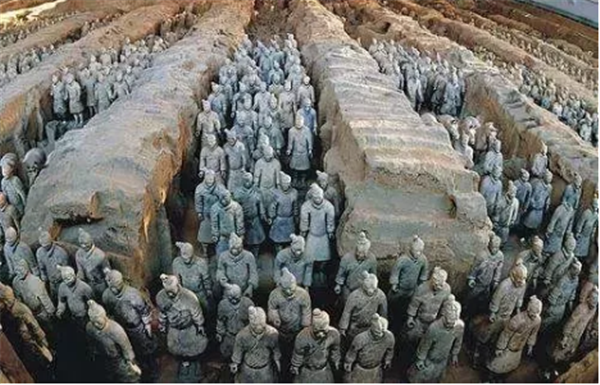
How Were the Terracotta Army Transported?
The Terracotta Army, an awe-inspiring collection of over 8,000 life-sized clay soldiers, stands as a testament to the might of the Qin Dynasty. Constructed over 2,000 years ago to guard the tomb of China’s First Emperor, Qin Shi Huang, these figures represent a remarkable feat of artistry and engineering. But a question that often arises is, how were these massive and numerous figures transported to their final resting place?
The Construction Site
The creation of the Terracotta Army was a massive undertaking, requiring the labor of an estimated 700,000 workers over several decades. The figures were created in workshops located near the Emperor's tomb complex. These workshops were essentially large-scale production lines, with skilled artisans specializing in different aspects of the figures' creation.
Piece by Piece Assembly
The Terracotta Warriors weren't made in one piece. Instead, they were created using a modular system. The heads, arms, legs, and torsos were molded separately and then assembled. This method not only allowed for mass production but also made the transportation of the figures easier.
Transporting the Pieces
While the exact methods of transport within the workshops remain a topic of debate, it is likely that a combination of techniques was used. Wooden rollers, sleds, and perhaps even rudimentary carts might have been employed to move the heavier clay pieces, such as torsos and legs, across the workshop floors. Lighter components, like arms and heads, could have been carried by hand.
The Journey to the Tomb
The assembled figures, along with weapons, chariots, and other grave goods, then needed to be moved to the nearby burial mound.
This is where the statement about the roofed pit and ramps comes into play. Archaeological evidence suggests that a massive, roofed structure was indeed built over the tomb complex during its construction. This structure, likely made of wood and thatch, would have protected the site from the elements and provided a covered workspace for the laborers.
Within this covered structure, a system of ramps would have allowed workers to move the heavy terracotta figures from the workshops down into the tomb pits. These ramps would have been wide and gradually sloped to facilitate the movement of large objects. Workers may have used rollers, sleds, ropes, and sheer manpower to maneuver the figures up and down these ramps.
Final Arrangement and Burial
Once inside the vast tomb pits, the warriors and horses were carefully arranged in battle formations, further showcasing the military might of the Qin Dynasty. The pits were then filled with earth, sealing the Terracotta Army within their subterranean chamber for centuries to come.
FAQs
Q: Were the Terracotta Warriors painted?
A: Yes, originally the Terracotta Warriors were brightly painted with pigments made from natural minerals. However, exposure to air and moisture after the tomb's opening caused the paint to flake off rapidly.
Q: Were any two Terracotta Warriors the same?
A: No, each Terracotta Warrior has unique facial features, hairstyles, and expressions, suggesting they were modeled after real soldiers.
Q: How big is the Terracotta Army?
A: The Terracotta Army is a vast complex, covering an area of over 22 square miles. It's estimated to contain over 8,000 soldiers, 130 chariots with 520 horses, and 150 cavalry horses.
note: This return of all, without the author's permission, may not be reproduced